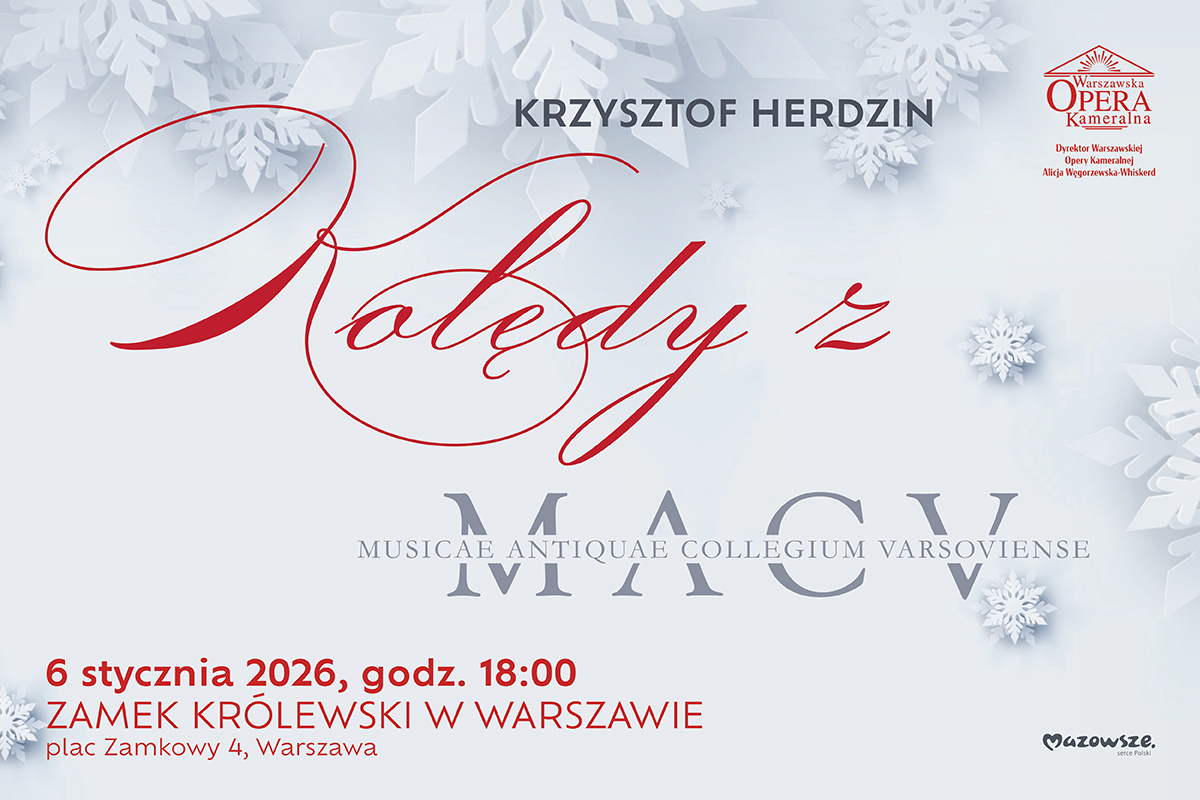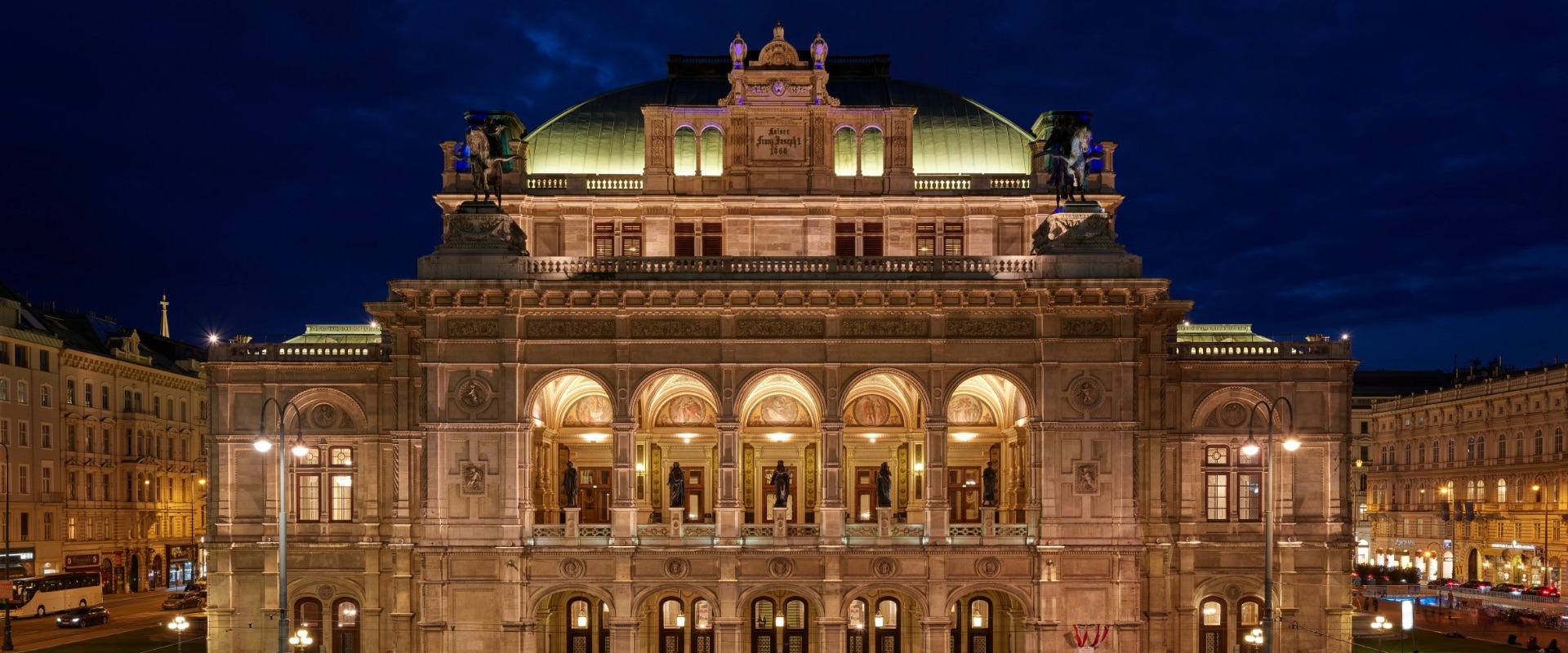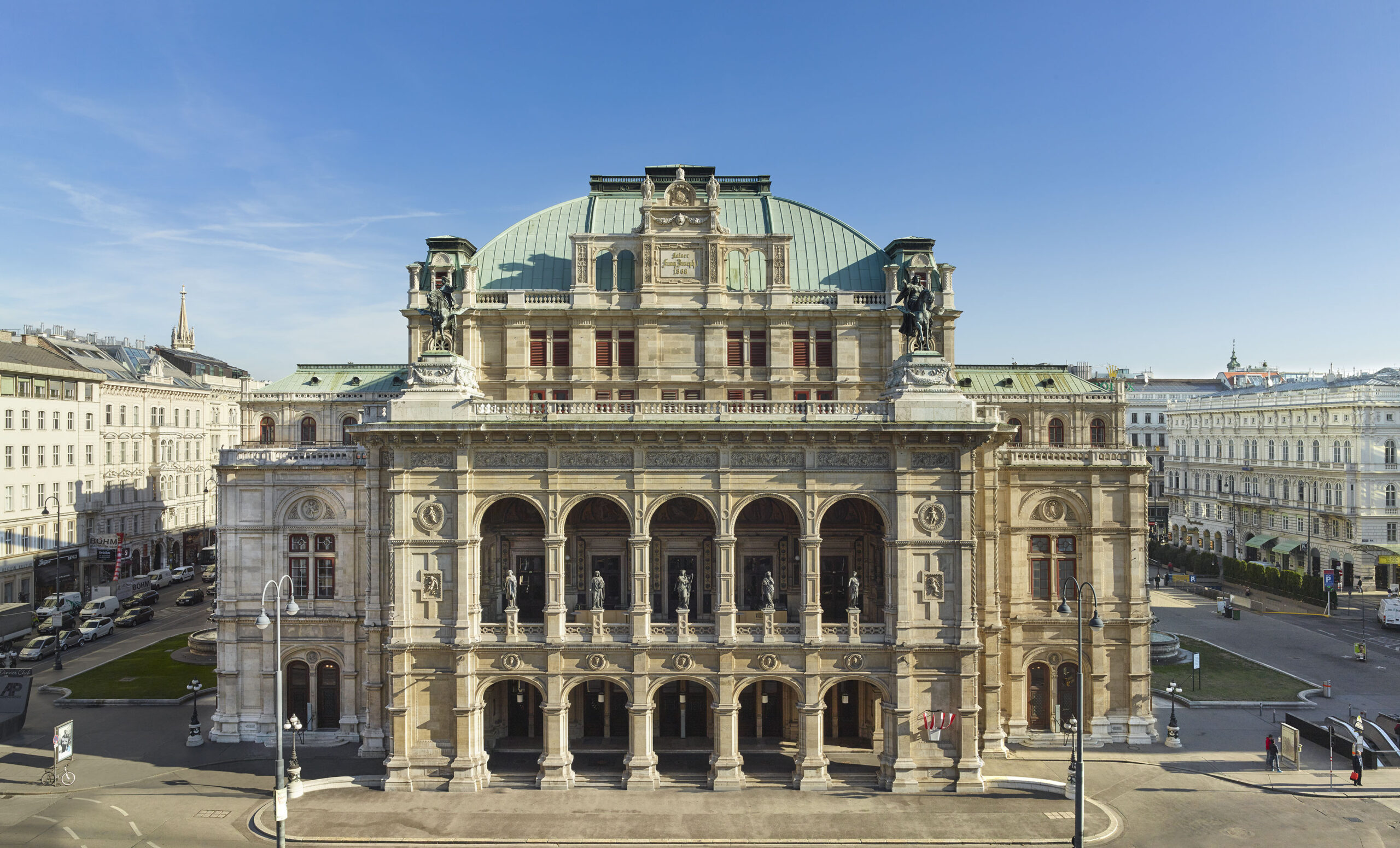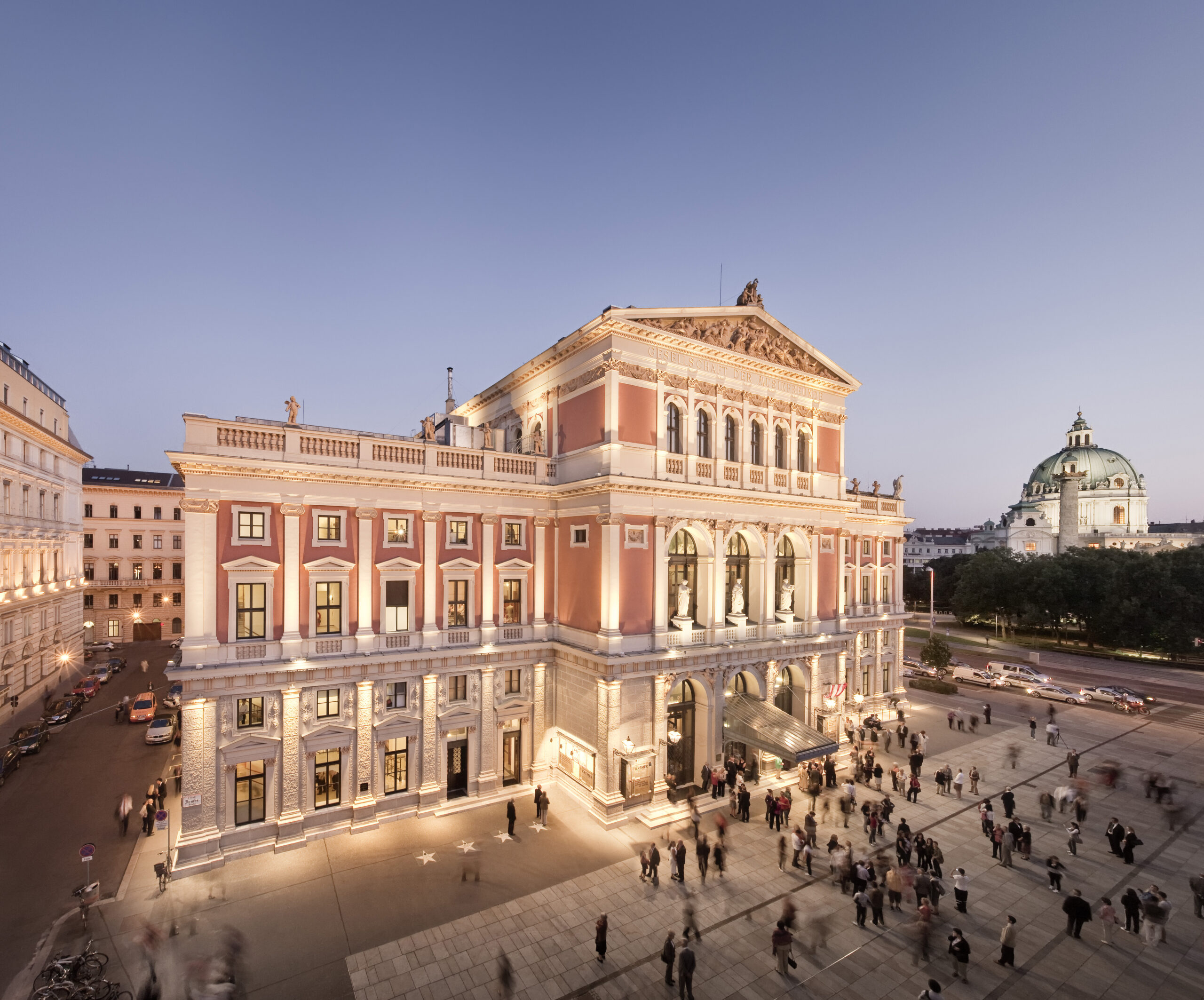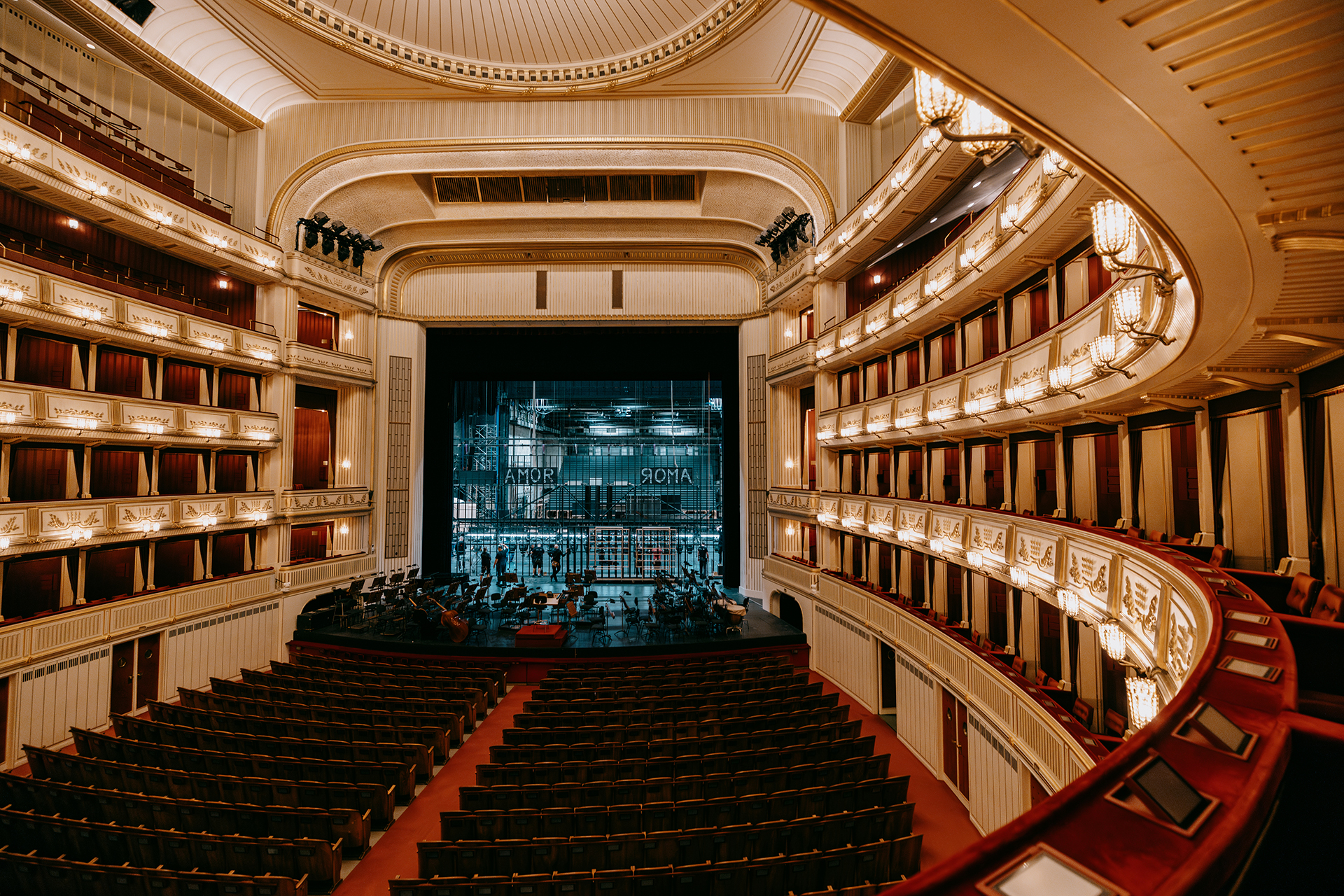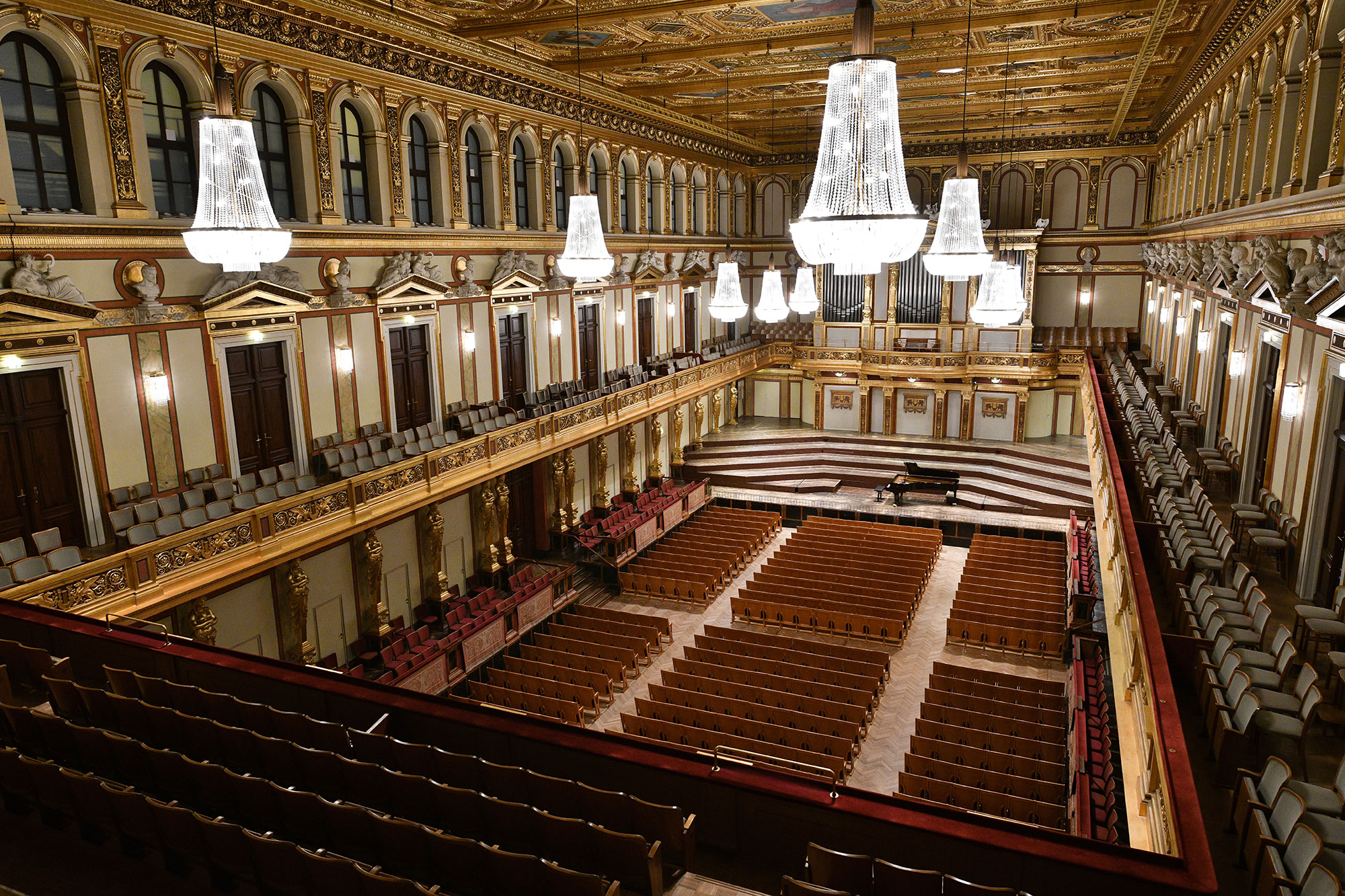 Two institutions and one orchestra: the Viennese model for musical excellence
Two institutions and one orchestra: the Viennese model for musical excellence
Until recently, Vienna was, for me, above all an operatic stage. Yet during my last visit to this musical capital of the world, I decided to take a closer look at the institutions themselves – the Vienna State Opera and the home of the Vienna Philharmonic, the Musikverein – and to uncover the unique system of their coexistence. It is precisely this system, though often overlooked by audiences, that holds one of the keys to understanding the musical phenomenon of Vienna.
The Vienna State Opera (Wiener Staatsoper) opened in 1869 as one of the first buildings along the Ringstrasse. Its architecture was met with criticism from the very beginning: the building was said to be too low and lacking in grandeur. The architects, Eduard van der Nüll and August Sicardsburg, did not live to see the inauguration – the former took his own life after a wave of negative reviews, and the latter died of a heart attack. During World War II, the building was bombed and the auditorium and backstage area was destroyed. After ten years of reconstruction, the Opera reopened in 1955, becoming a symbol of postwar Vienna.
The Vienna Music Society (Wiener Musikverein) was founded in 1812, and its headquarters – designed by Theophil Hansen – opened on the Ringstrasse in 1870. It houses the famous Golden Hall, a rectangular space with near-perfect acoustics, considered one of the finest concert halls in the world. Premieres of Brahms and Bruckner once took place here; today, it is home to the Vienna Philharmonic and the stage for the globally broadcast New Year’s Concert. Subscription tickets are practically unattainable, often passed down from generation to generation. Alongside the Golden Hall are the Brahms-Saal and several modern chamber halls. Together, Musikverein and Staatsoper form the very heart of Vienna’s musical life: the Opera hosts daily performances, while the Musikverein is the venue for the city’s most important symphonic concerts.
The Vienna State Opera Orchestra is a phenomenon of its own. The same musicians who perform daily in the Staatsoper’s pit also make up the Vienna Philharmonic. Employment follows a strict rule: you must first play for at least three years in the Staatsoper before being eligible to apply for membership in the Philharmonic. In practice, this means that every symphonic concert at the Musikverein and every operatic performance at the Staatsoper are performed by the same group of people. On a Friday evening, some may sit in the orchestra pit for “La Traviata,” while others perform Mahler on the concert stage. The system functions thanks to a rotation of permanent members (around 150 musicians), as well as the engagement of Aushilfen – young instrumentalists aspiring for permanent positions, teachers and freelancers from Vienna, and occasionally musicians from the Volksoper or the Tonkünstler Orchestra.
Such an arrangement requires meticulous repertoire planning. The artistic program of the opera is determined by its director, while in the Philharmonic, decisions regarding repertoire and conductors are made collectively by the musicians themselves. The orchestra also maintains its unique sound by using traditional Viennese instruments – including specially shaped horns, oboes and strings – which give the philharmonic its distinctive tonal color, recognized worldwide. The very system that unites a permanent opera orchestra with an autonomous philharmonic ensemble remains absolutely unique, and is one of the greatest sources of pride for musical Vienna. Considering that the opera stages about 300 performances a year, and the Vienna Philharmonic gives between 80 and 100 concerts, this system and its organizational precision are truly impressive.
Musicians of the Vienna State Opera are employed under permanent contracts within Austria’s theater system. This guarantees a stable salary (paid 14 times a year – 12 monthly payments plus a 13th vacation bonus and a 14th Christmas bonus, social and pension insurance, and benefits under the collective agreement (Kollektivvertrag). Compensation depends on seniority, position in the orchestra (e.g. concertmaster, principal) and workload. Additional pay is granted for overtime, rehearsals, performances on holidays or Sundays, and solo parts. A permanent position at the Staatsoper provides the foundation of financial stability – enabling musicians to perform regularly in over 300 productions a year. Only from this position can one apply to join the Vienna Philharmonic Association, which offers no salaried posts: earnings there come from the distribution of concert and recording fees.
A regular member of the Staatsoper and Philharmonic earns approximately €90,000-130,000 gross annually. A leading player (concertmaster, principal) can exceed €150,000 gross per year, especially in seasons rich in tours and recordings. The Staatsoper position ensures stability; the Philharmonic adds prestige – and additional income.
Looking at this Viennese order, it’s hard not to feel a touch of envy. Here, everything has its rightful place – architecture, sound, people, tradition. In other cities, one talks about managing culture; in Vienna, one simply “lives it.”

